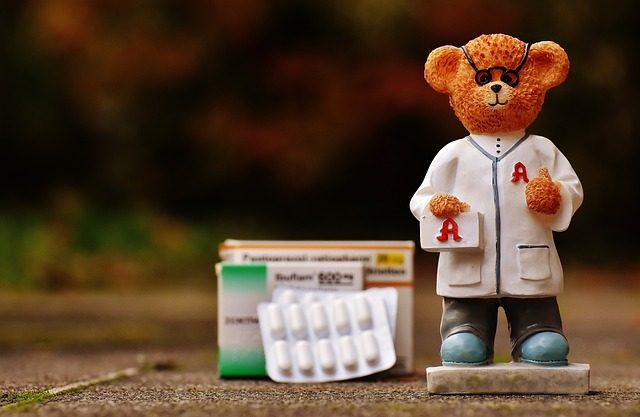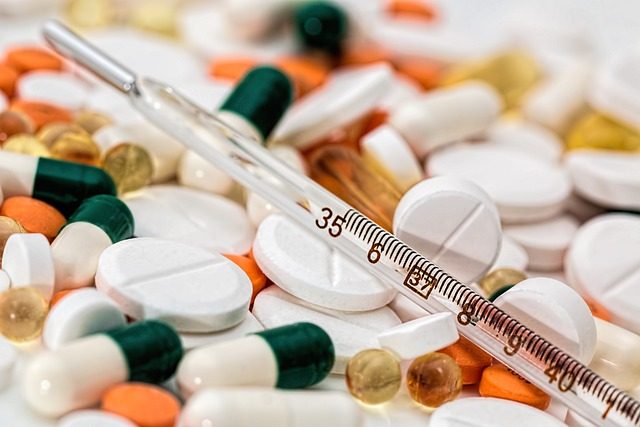Becoming a pharmacist is a rewarding career choice for those interested in medicine, patient care, and the science of drugs. With a growing demand for healthcare professionals, understanding how to become a pharmacist is the first step towards entering this respected field.
Pharmacists play a crucial role in healthcare by providing medication and advice to patients. They work in various settings, including community pharmacies, hospitals, and the pharmaceutical industry. Their expertise ensures that patients receive safe and effective drug therapy.
Table of Contents
What are the steps to become a pharmacist?
The journey to becoming a pharmacist is structured and requires a commitment to education and training. Completing a Doctor of Pharmacy (PharmD) program is a primary requirement, which typically involves:
- Completing prerequisite undergraduate coursework in areas like biology, chemistry, and mathematics.
- Applying to an accredited PharmD program, often facilitated by the Pharmacy College Application Service (PCAS).
- Completing the four-year PharmD program, which includes theoretical and practical training.
- Acquiring healthcare experience through internships or job shadowing to gain real-world exposure.
- Passing the North American Pharmacist Licensure Examination (NAPLEX).
- Meeting state-specific licensure requirements, which may include additional exams or training.
The process of becoming a pharmacist is comprehensive and designed to equip candidates with the necessary skills to excel in their careers.
What does a pharmacist do?
A pharmacist’s responsibilities extend beyond dispensing medications. They are involved in:

- Medication therapy management, ensuring prescriptions are appropriate for patients.
- Educating patients on drug interactions and side effects.
- Working with other healthcare professionals to optimize patient care.
- Managing healthcare resources and pharmacy operations.
- Staying informed about new drugs and medical therapies.
Pharmacists must be knowledgeable, detail-oriented, and skilled in communication to effectively serve their patients.
How many years does it take to become a pharmacist?
Becoming a pharmacist requires a significant educational investment. After high school, it typically involves:
- Two to four years of undergraduate pre-pharmacy studies.
- Four years of professional PharmD education.
Additional time may be needed for those pursuing specialized residencies or fellowships post-PharmD.
How to become a pharmacist in California?
The process of becoming a pharmacist in California is similar to other states but includes specific state licensure requirements. These may involve:
- Passing the California Practice Standards and Jurisprudence Examination for Pharmacists (CPJE).
- Completing an internship program approved by the California State Board of Pharmacy.
- Fulfilling continuing education requirements to maintain licensure.
Prospective pharmacists must stay informed about California’s unique regulations to ensure they meet all criteria.
What to know before becoming a pharmacist?
Before embarking on the path to becoming a pharmacist, consider the following:
- The role requires a strong foundation in science and mathematics.
- Excellent communication skills are essential for patient interaction.
- Be prepared for rigorous academic and professional training.
- Understand the time commitment and financial investment involved.
- Research different pharmacy specialties to find your area of interest.
Being aware of these aspects can help align expectations and pave the way for a successful career in pharmacy.
Is it hard to become a pharmacist?
Becoming a pharmacist is challenging due to the demanding educational requirements and the need for continuous learning. However, many find the career fulfilling and well-compensated, balancing out the initial hardship.
How to become a pharmacy technician?
A pharmacy technician supports pharmacists and typically requires less formal education. Steps to becoming one include:
- Completing a high school diploma or equivalent.
- Enrolling in a pharmacy technician training program.
- Obtaining certification through exams like the Pharmacy Technician Certification Exam (PTCE).
- Registering with your state’s pharmacy board, if required.
This role can be a steppingstone for those interested in a pharmacy career.
Frequently asked questions on becoming a pharmacist
Is becoming a pharmacist hard?
The difficulty of becoming a pharmacist lies in the extensive education and commitment required. It is a demanding process that includes rigorous coursework, passing licensure examinations, and staying abreast of continuous advancements in the field.
However, for those passionate about healthcare and helping others, the rewards of the profession can far outweigh the challenges.
Do pharmacists go to med school?
Pharmacists do not attend medical school. Instead, they complete a specialized PharmD program. This education is focused on pharmacology and medication management rather than the broader medical training that physicians receive.
Do you make a lot of money as a pharmacist?
Pharmacists typically earn competitive salaries, reflecting their level of education and responsibility. Salary expectations can vary based on location, experience, and the setting in which they practice.
What are the requirements to be a pharmacist in Florida?
Similar to other states, Florida requires pharmacists to graduate from an accredited PharmD program and pass the NAPLEX. Florida-specific requirements include passing the Multistate Pharmacy Jurisprudence Exam (MPJE) and completing an approved internship.
Pharmacists are vital components of the healthcare system, and their role continues to evolve. As medication experts, they ensure patient safety and effective pharmacotherapy. For those interested in this career path, the provides an insightful look into the daily life of a pharmacist.
With the healthcare landscape constantly changing, pharmacists remain at the forefront, providing essential services that make a difference in patients’ lives. If you have the passion and dedication to pursue this profession, the journey to become a pharmacist is a pathway filled with opportunities to contribute meaningfully to society’s health and well-being.








